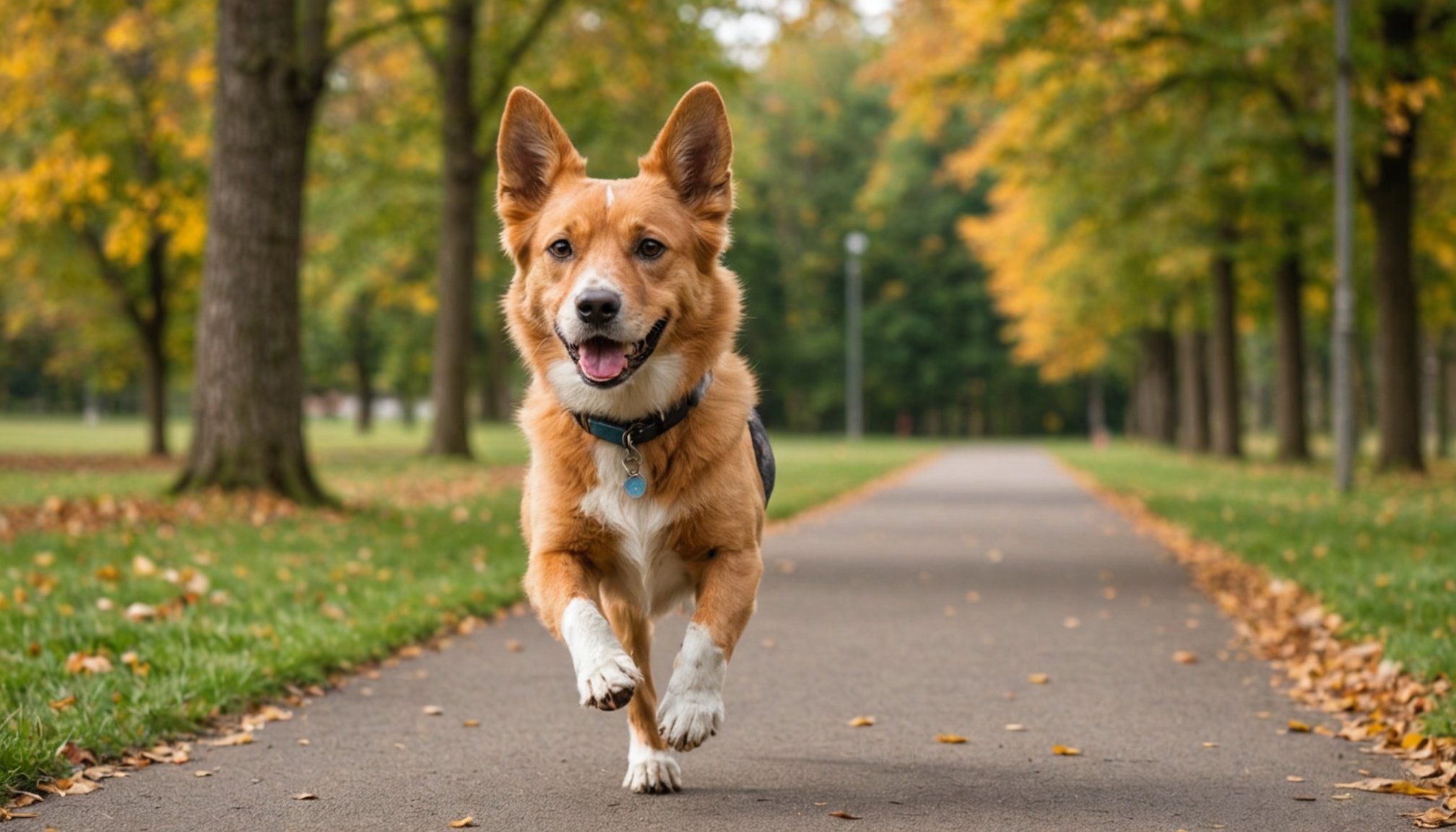As pet owners, we often wonder about the health and well-being of our dogs. One of the most critical aspects of keeping our canine companions happy and healthy is ensuring they receive enough exercise tailored to their specific breed and age. Different breeds have varying energy levels, and as dogs grow older, their physical activity needs change as well. Understanding these requirements can help you determine if your dog is getting the right amount of activity each day.
Understanding Your Dog’s Breed and Exercise Needs
Every dog is unique, and their exercise needs can vastly differ based on their breed. For instance, working breeds like Labrador Retrievers or Border Collies are highly active and require vigorous exercise to keep their minds and bodies stimulated. On the other hand, toy breeds like Chihuahuas may be content with shorter walks and indoor playtime.
In the same genre : Identifying Early Warning Signs of Hip Dysplasia in Young Labrador Retrievers: A Comprehensive Guide
To determine the appropriate level of activity, research your dog’s breed characteristics. Active breeds typically thrive on daily walks, runs, or engaging play sessions. Puppies, in particular, need more frequent but shorter bursts of activity to avoid overexertion. As your dog reaches middle age, you may need to adjust their exercise routine to fit their energy levels.
You should also consider your dog’s individual personality. Some dogs are more naturally active than others, regardless of their breed. Monitor how your dog behaves at home. Do they have bursts of energy? Are they restless or destructive when bored? These behaviors can indicate that they require more physical activity.
Also to see : What are the key indicators of a well-balanced diet for dogs, and how can I assess my dog’s food?
In addition, age plays a crucial role in understanding your dog’s exercise needs. Puppies, for example, are bundles of energy, while older dogs may have a decrease in stamina and mobility. As dogs age, it becomes essential to balance exercise to maintain their health without risking injury. This knowledge allows you to create a tailored exercise plan that caters to your dog’s specific requirements.
Signs Your Dog is Getting Enough Exercise
Recognizing whether your dog is getting sufficient exercise can sometimes be tricky. One of the first signs to look for is their behavior after activity. If your dog seems content and relaxed after a walk or play session, it’s likely they have expended enough energy. Conversely, if they are hyperactive or engage in destructive behaviors, it may indicate a need for more physical activity.
Physical signs can also reveal whether your dog is meeting their exercise needs. A healthy dog should maintain a proper weight, have a shiny coat, and exhibit good muscle tone. If your dog is overweight or lethargic, it may be time to reassess their activity level. Additionally, pay attention to your dog’s breathing and heart rate after exercise. A healthy dog will recover quickly, while excessive panting or struggling to breathe might suggest that they have overexerted themselves.
Consider keeping a log of your dog’s daily exercise. Document the duration, intensity, and type of activities you do together. This practice allows you to see patterns and adjust accordingly. It’s also an opportunity to note how your dog responds to different types of activity. Some dogs may prefer running, while others enjoy swimming or playing fetch.
Finally, involve your veterinarian in assessing your dog’s exercise routine. They can provide tailored advice based on your dog’s age, breed, and overall health. Having professional insight can help ensure your dog’s physical activity aligns with their individual needs.
Crafting an Effective Exercise Routine
Creating a suitable exercise routine for your dog requires careful consideration of their breed, age, and personality. Incorporating a mix of activities can keep your dog mentally stimulated and physically fit. Here are some strategies to ensure your dog enjoys their daily activity.
Start by scheduling daily walks. Aim for at least 30 minutes to an hour, depending on your dog’s needs. You can break this time into multiple shorter walks if that suits your dog better. Vary the routes to keep things interesting, and allow your dog to explore new scents and environments. Additionally, consider integrating off-leash time in a secure area where your dog can run freely. This freedom is often a significant boost to their mental health.
Incorporate playtime into your exercise routine. Games like fetch or tug-of-war engage your dog both mentally and physically. These activities can be particularly beneficial for higher-energy breeds. If you have access to a safe location, consider trying agility training or obedience classes, which can provide both physical and mental exercises.
Adapt your routine to the seasons, too. During colder months, indoor activities such as hide-and-seek or puzzle toys can be excellent alternatives. In warmer weather, early morning or late evening walks can help prevent overheating.
Finally, remember to listen to your dog. If they seem fatigued or reluctant to participate, it may be time to modify the intensity or duration of the activities. Always consult with your veterinarian when making significant changes to your dog’s exercise regimen.
The Importance of Mental Stimulation in Exercise
While physical exercise is crucial for your dog’s health, don’t overlook the importance of mental stimulation. Dogs need to engage their minds just as much as their bodies. Incorporating mental activities into your dog’s routine can significantly enhance their overall well-being.
Interactive toys and puzzles are excellent ways to challenge your dog mentally. These items often require problem-solving skills, keeping your dog engaged for longer periods. Hide treats around your home or yard for them to find, which encourages natural scavenging instincts and promotes mental engagement.
Training sessions can also provide substantial mental stimulation. Teaching your dog new tricks or reinforcing obedience commands keeps their mind sharp and strengthens the bond between you. Incorporate training into your daily routine, perhaps as a reward after a walk.
Group classes or playdates with other dogs can serve as both socialization and exercise opportunities. These interactions allow your dog to engage with their peers, which can be beneficial for their emotional health.
In conclusion, combining physical and mental activities creates a balanced routine that meets your dog’s comprehensive needs. A well-rounded exercise plan contributes to a happy, healthy pet.
Understanding if your dog is getting enough exercise tailored to their breed and age involves observing their behavior, monitoring their health, and adjusting their routine based on their needs. Always remember that every dog is unique, and their exercise requirements can change over time as they grow and age.
By prioritizing both physical and mental stimulation, you contribute to your dog’s overall well-being. Keep a close eye on your dog’s behavior and involve professionals as needed to ensure they receive adequate exercise. A happy dog is a healthy dog, and by providing them with the right amount of activity, you enhance their quality of life.











